Reportage
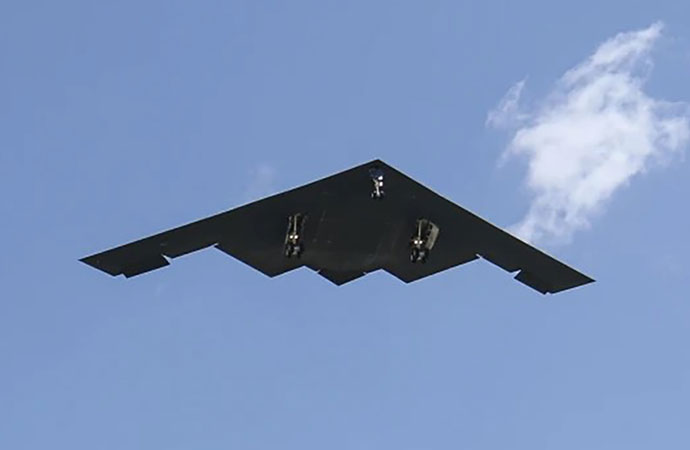
A B-2 bomber arrives at Whiteman Air Force Base Mo., Sunday, June 22, 2025. Photo: AP/UNB
The most dangerous war to break out in the post-Cold War era, between Iran and Israel, drew to a sudden and dramatic end this week, after the United States struck three sites in Iran early Sunday (Jun. 22), inserting itself into a war Israel started ten days earlier. The intervention by the US helped Israel achieve its strategic objective of destroying Iran's nuclear program, weakening a longtime foe that it regards as an existential threat. Fears of a wider regional conflict were sounded out but never quite substantiated by events on the ground. Iran was always fighting alone, with only the Houthis in Yemen looking likely to offer any overt support.
Addressing the nation from the White House, President Donald Trump asserted that Iran's key nuclear facilities were "completely and fully obliterated." Trump acted without congressional authorization, and he warned that there would be additional strikes if Tehran retaliated against US forces. In the event, Iran did launch a largely symbolic retaliatory strike against the largest US military base in the region, at Al Udeid in Qatar, the next day. But instead of any US response (barring a 'thank you' from Trump for advance notice that allowed the site to be cleared), within hours a ceasefire deal was announced between the two warring parties.
The Atomic Energy Organization of Iran confirmed that attacks took place on its Fordo, Isfahan and Natanz sites, but it insisted that its work will not be stopped. Iran said there were no signs of radioactive contamination at the three locations and no danger to nearby residents.
Iran has maintained that its nuclear program is for peaceful purposes only, and US intelligence agencies have assessed that Tehran is not actively pursuing a bomb. However, Trump and Israeli leaders have claimed that Iran could quickly assemble a nuclear weapon, making it an imminent threat.
The decision to directly involve the US in the war came after more than a week of strikes by Israel on Iran that aimed to systematically eradicate the country's air defenses and offensive missile capabilities, while damaging its nuclear enrichment facilities. But Israeli officials continued to insist that only American stealth bombers and the 30,000-pound (13,500-kilogram) bunker-buster bomb they alone can carry, offered the best chance of destroying heavily fortified sites connected to the Iranian nuclear program buried deep underground - particularly the one at Fordo.
Ultimately, Trump made the calculation - at the prodding of Israeli officials and many Republican lawmakers - that Israel's operation had softened the ground and presented a perhaps unparalleled opportunity to set back Iran's nuclear program, perhaps permanently. The military showdown came seven years after Trump withdrew the US from an Obama administration-brokered agreement with Iran, calling it the "worst deal ever."
The 2015 deal, signed by Iran, the US and other world powers, created a long-term, comprehensive nuclear agreement that limited Tehran's enrichment of uranium in exchange for the lifting of economic sanctions. Trump decried the deal as giving Iran too much in return for too little, because the agreement did not cover Iran's non-nuclear malign behavior. He has always insisted that Iran would not be allowed to have a nuclear bomb, making no secret of his propensity to use force if need be, to that end.
A new day?
On Thursday, Iran partially reopened its airspace, which had been closed since the war began, and shops in Tehran's capital began to reopen, with traffic returning to the streets.
Majid Akhavan, spokesperson for the Ministry of Roads and Urban Development, said Iran had reopened its airspace for the eastern half of the country to domestic and international flights, including those transiting Iranian airspace.
Earlier this week, Tehran said 606 people had been killed in the conflict in Iran, with 5,332 people wounded. The Washington-based Human Rights Activists group released figures Wednesday suggesting Israeli strikes on Iran had killed at least 1,054 and wounded 4,476.
The group, which has provided detailed casualty figures from multiple rounds of unrest in Iran, said 417 of those killed were civilians and 318 were security forces.
At least 28 people were killed in Israel and more than 1,000 wounded, according to officials there. During the 12-day war, Iran fired more than 550 missiles at Israel with a 90% interception rate, according to new statistics released by Israeli authorities Thursday. Israel, meantime, hit more than 720 Iranian military infrastructure targets and eight nuclear-related sites, Israel said.
The big question following the US and Israeli attacks on Iran's nuclear program is: What remains of it?
Trump has said the three targets hit by American strikes were "obliterated." His defense secretary said they were "destroyed."
A preliminary report issued by the US Defense Intelligence Agency, meanwhile, said the strikes did significant damage to the Fordo, Natanz and Isfahan sites, but did not totally destroy the facilities.
The head of the International Atomic Energy Agency said that as a result of Israeli and US strikes, the agency has "seen extensive damage at several nuclear sites in Iran," including those three. Israel claims it has set back Iran's nuclear program by "many years."
Officials and experts are still assessing the damage, and their evaluation could change. Two of the major questions they are trying to address are where Iran's stockpile of enriched uranium is and what is the state of the centrifuges that enrich the fuel.
At least some of Iran's highly enriched uranium may have been moved before the US strikes. That would mean that some of the stockpile may have survived. Iran has previously threatened to hide its enriched uranium if attacked, and reiterated its pledge the day Israel launched its military campaign. Enriched uranium is stored in canisters that can be moved around fairly easily.
In May, the IAEA, which is the U.N. nuclear watchdog, said Iran had amassed 408.6 kilograms (900.8 pounds) of uranium enriched up to 60%. If it is further enriched to 90%, it would be enough to make nine nuclear weapons, according to the U.N.'s yardstick, though a weapon would require other expertise, such as a detonation device.
Satellite imagery showed trucks and bulldozers at the Fordo site beginning June 19, three days before the US struck.
Eric Brewer, a former US intelligence analyst and now deputy vice president at the Nuclear Threat Initiative, said it's "plausible" that Iran used the trucks to take nuclear fuel away.
But Jacob Kirkegaard, senior fellow at the Breugel think tank in Brussels, disagreed: "I think that that was a decoy more than anything else."
Subsequent satellite imagery "revealed that the tunnel entrances into the underground complex had been sealed off with dirt prior to the US airstrikes," said Stephen Wood, senior director at American satellite imagery and analysis firm Maxar Technologies. "We believe that some of the trucks seen on 19 June were carrying dirt to be used as part of that operation."
Trump offered a similar explanation. In a post on his Truth Social network on Thursday, he wrote: "The cars and small trucks at the site were those of concrete workers trying to cover up the top of the shafts. Nothing was taken out of facility. Would take too long, too dangerous, and very heavy and hard to move!"
General Dan Caine, chairman of the Joint Chiefs of Staff, told reporters that the bombs were dropped onto the two main ventilation shafts of Fordo. He said Iran attempted to cover the shafts with concrete before the US attack, but the cap was "forcibly removed by the main weapon."
Inspectors from the IAEA have remained in Iran throughout the war, but they are currently unable to inspect any nuclear sites due to safety concerns.
But with the "explosive payload utilized, and the extreme vibration-sensitive nature of centrifuges," the agency believes "very significant damage is expected to have occurred" as a result of US airstrikes at Fordo, according to a statement from IAEA Director General Rafael Mariano Grossi to the agency's board earlier this week.
The centrifuges there are "no longer operational," Grossi told Radio France Internationale on Thursday. In Natanz's underground plant, the IAEA believes most if not all of the centrifuge cascades - groups of centrifuges working together to more quickly enrich uranium - were destroyed by an Israeli strike that cut off power to the site.
Its aboveground plant has also been "functionally destroyed," the agency said. Strikes also caused "extensive damage" at Isfahan, according to the IAEA, especially at the uranium conversion facility and the plant for making uranium metal that's vital to producing a nuclear bomb.
In his first appearance since June 19, Iran's Supreme Leader Ayatollah Ali Khamenei said Thursday that his country had delivered a "slap to America's face" by striking the US air base in Qatar and warned against further attacks in his first public comments since the ceasefire agreement with Israel.
Khamenei's prerecorded speech that aired on Iranian state television was filled with warnings and threats directed toward the United States and Israel. The 86-year-old, a skilled orator known for his forceful addresses to the country's more than 90 million people, appeared more tired than he had just a week ago.
The supreme leader downplayed US strikes using bunker-buster bombs and cruise missiles, saying that Trump - who said the attack "completely and fully obliterated" Iran's nuclear program - had exaggerated its impact.
Trump has also asserted that American and Iranian officials will talk next week, giving rise to cautious hope for longer-term peace.
Iran has not acknowledged that any such talks would take place, though US Mideast envoy Steve Witkoff has said there has been direct and indirect communication between the countries. A sixth round of US-Iran negotiations was scheduled for earlier this month in Oman but was canceled after Israel attacked Iran.
Iran has insisted that it will not give up its nuclear program. In a vote underscoring the tough path ahead, its parliament agreed Wednesday to fast-track a proposal that would effectively stop the country's cooperation with the IAEA, which has monitored the program for years.
Grossi had earlier said there were no changes to radiation levels following an Israeli attack at Natanz or any indication of damage to the underground section of the plant. That part of the facility is buried to protect it from airstrikes and contains the bulk of Natanz's enrichment facilities, with 10,000 centrifuges that enrich uranium up to 5%. However, Grossi said, the loss of power may have damaged centrifuges.
There is a good chance the strikes still caused massive damage, because many of the centrifuges were probably operating at the time of the strike. Centrifuges don't like vibration, and the shock waves or loss of power could break delicate parts when they are rotating at high speed.
"I think annihilated is too much, but it suffered enormous damage," Grossi told French broadcaster RFI. The IAEA has not been allowed to visit any of the Iranian facilities to do an independent assessment of the damage.
Iran's Foreign Ministry spokesperson, Esmail Baghaei, also conceded Wednesday that "our nuclear installations have been badly damaged, that's for sure."
In a rare Pentagon news briefing, US Defense Secretary Pete Hegseth and Gen. Dan Caine, chairman of the Joint Chiefs of Staff, worked to shift the debate from whether the nuclear targets were "obliterated," as President Trump has said, to what they portrayed as the heroism of the strikes as well as the extensive research and preparation that went into carrying them out.
"You want to call it destroyed, you want to call it defeated, you want to call it obliterated - choose your word. This was an historically successful attack," Hegseth said in an often combative session with reporters.
US stealth bombers dropped 12 deep penetrator bombs, called "bunker busters," on Fordo, Caine said. Two others hit Iran's main Natanz facility.
Hegseth and Caine described 15 years of study and planning going into the bombing mission and they showed video of a test explosion of a bunker buster, designed to penetrate deep into mountains.
While Hegseth, a former Fox News anchor, spent the bulk of his time slamming the media coverage and personally insulting reporters who questioned him, Caine stuck to the military details of the bombing.
Caine said the US targeted the ventilation shafts at the Fordo facility as the entry point for the bombs. In the days before the US attack, the Iranians placed large concrete slabs on top of both ventilation routes from the underground facilities to try to protect them, he said.
He said six bombs were available for each of the two shafts that were hit. The first bomb was used to eliminate the concrete slab, then four more were dropped at slightly different angles to take out various parts of the underground facility.
The sixth was a failsafe in case any of the others didn't work, and it also was dropped, Caine said. He noted it is not his job to do the assessment of the damage. Asked if he has been pressured to provide a more optimistic view of the results, Caine said no.
"I've never been pressured by the president or the secretary to do anything other than tell them exactly what I'm thinking. And that's exactly what I've done," he said.
Israeli officials insisted they did not seek the overthrow of Iran's government, their archenemy since the country's 1979 Islamic Revolution. But Trump himself mentioned the possibility of regime change a day after inserting America into the war with its stealth-bomber strike on three Iranian nuclear sites.
"If the current Iranian Regime is unable to MAKE IRAN GREAT AGAIN, why wouldn't there be a Regime change???" he asked on his Truth Social website. White House press secretary Karoline Leavitt later described Trump as "simply raising a question."
For the moment, the US and Israel backtracking on that sentiment is probably the only consolation for the Iranians.
Additional reporting by AP, Middle East Eye







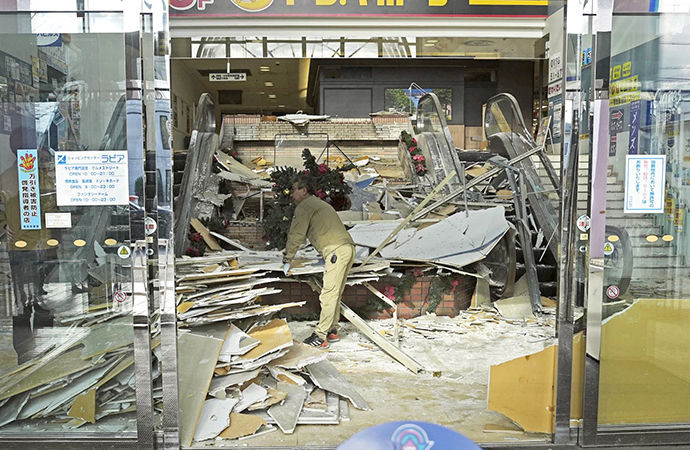

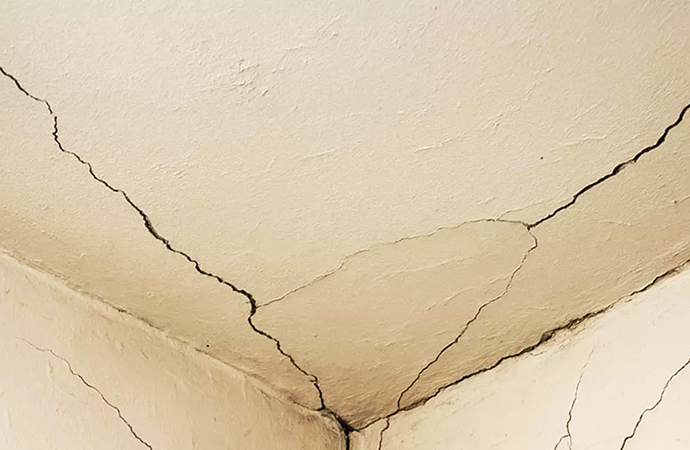
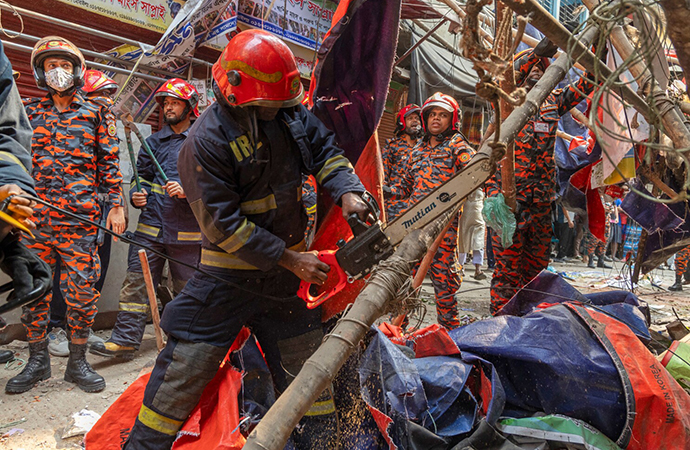
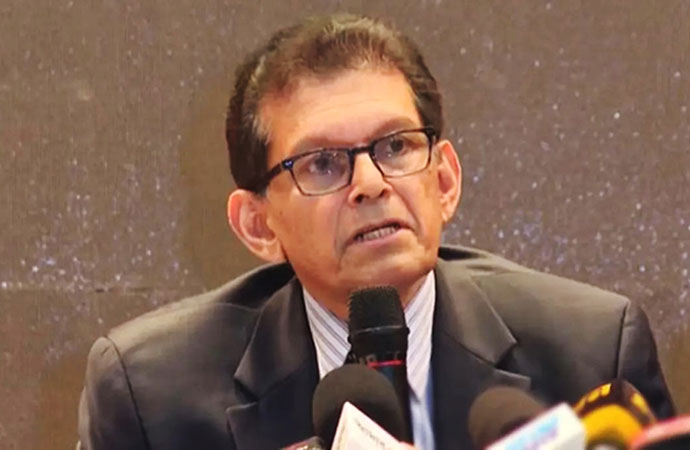
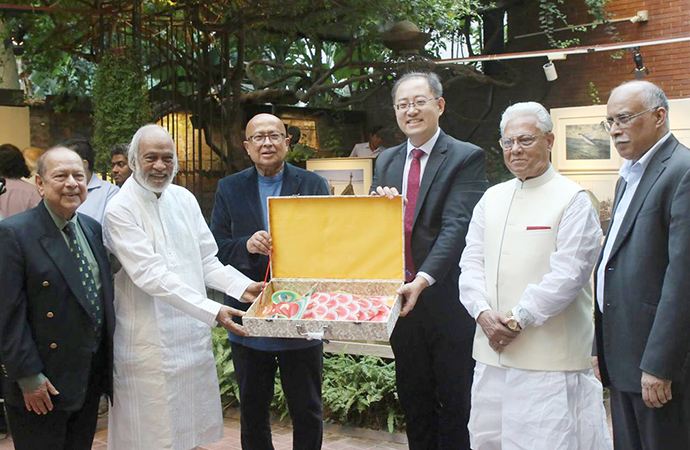

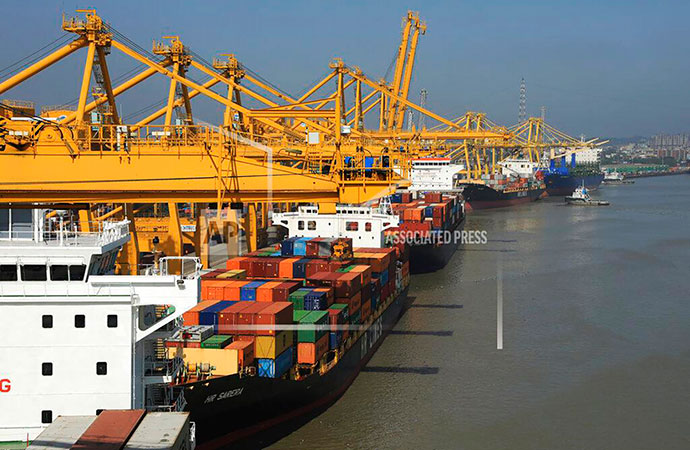

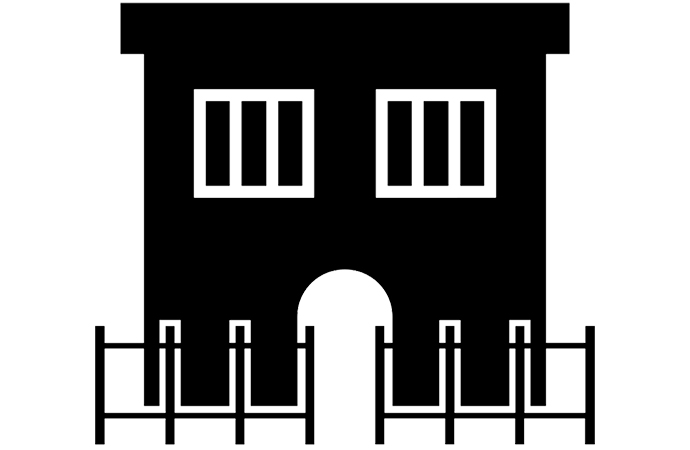

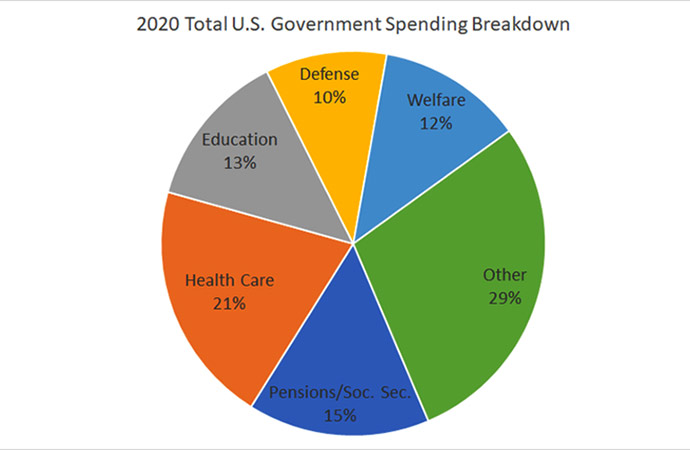

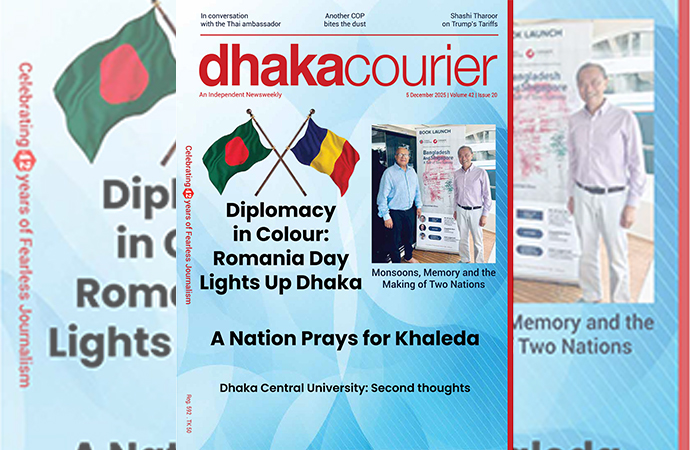
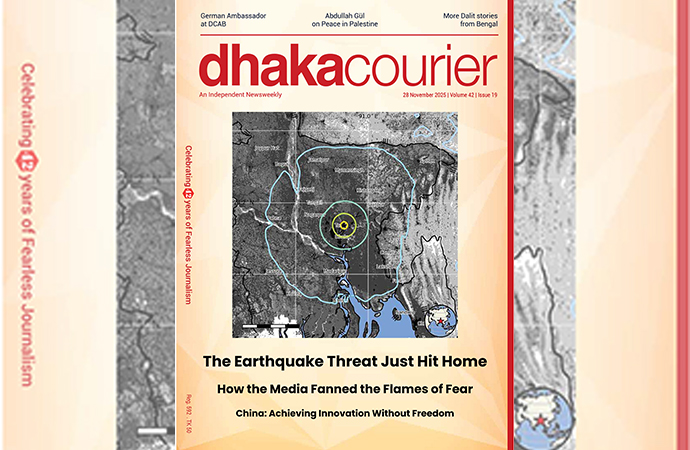
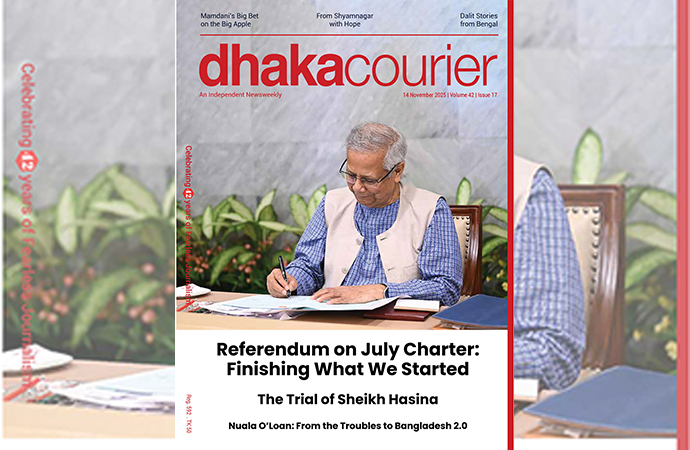
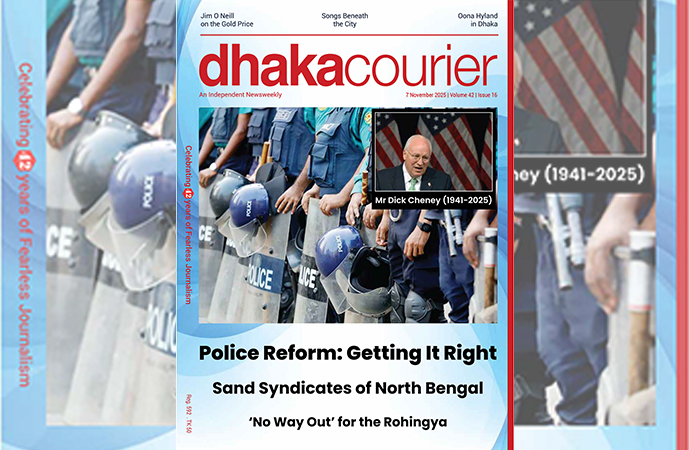
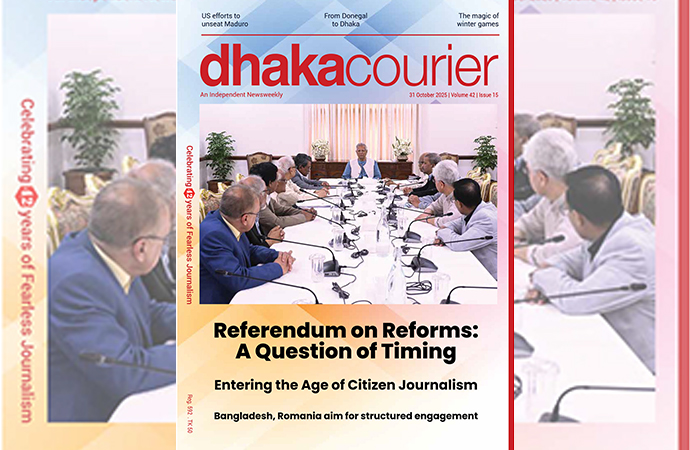
Leave a Comment
Recent Posts
Right On Schedule
The most eagerly anticipated, and frankly hyped up, announcement of an ...
Fighting raged along the borde ...
Fighting raged along the border of Cambodia and Thailand, with explosi ...
ICIMOD drives regional cooperation to inspire new mo ..
The Cage of Captivity and the Cry for Freedom: A Cru ..
Why Japan issued an advisory for a possible megaquak ..
The Autocrats’ War on Universities